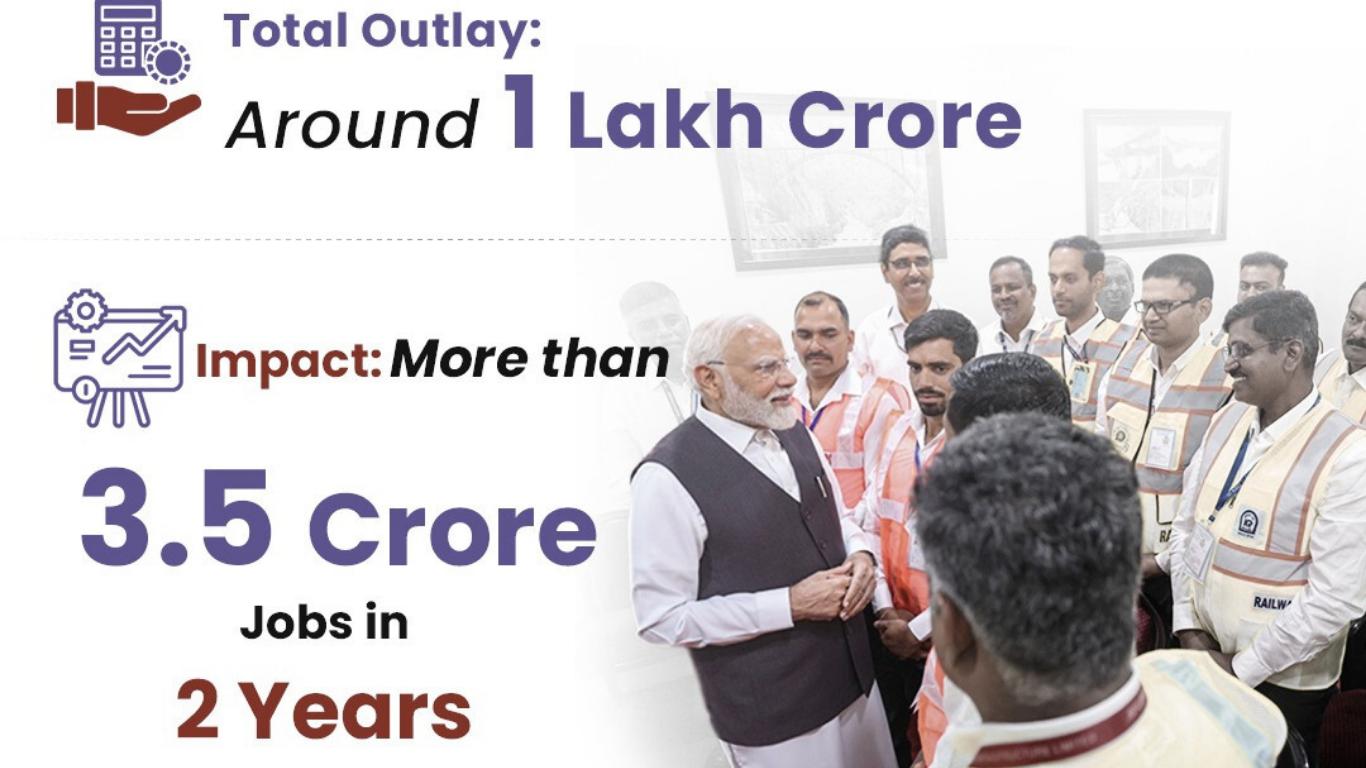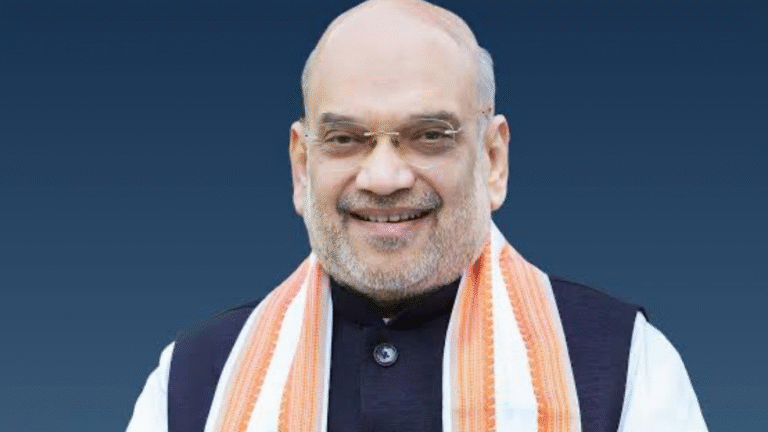
India’s job market is getting a big boost with the Employment Linked Incentive (ELI) Scheme, a bold move by the government to tackle unemployment and create millions of jobs. Announced in the Union Budget 2024-25, this initiative is part of Prime Minister Narendra Modi’s package to provide employment, skill development, and opportunities for over 4.1 crore youth over five years. With a massive budget of ₹2 lakh crore, the ELI Scheme is designed to encourage businesses to hire more workers, especially first-timers, and support both employees and employers through financial incentives. It’s a game-changer for India’s workforce, focusing on formal jobs, skill-building, and economic growth. Let’s dive into the details and the latest updates on this exciting program.
What Is the Employment Linked Incentive Scheme?
The ELI Scheme is a government initiative to create jobs and bring more people into the formal workforce. It includes three main programs, all tied to the Employees’ Provident Fund Organisation (EPFO). These programs aim to help first-time employees, boost hiring in manufacturing, and support employers who expand their workforce. The scheme addresses India’s employment challenges, like high youth unemployment and a lack of formal jobs. By offering financial perks, such as wage subsidies and EPFO contribution reimbursements, it encourages businesses to hire and retain workers. The goal? To create over 3.5 crore jobs in two years, with 1.92 crore for first-time workers. It’s a practical approach to make jobs more accessible and help young people build stable careers.
Scheme A: Support for First-Time Employees
Scheme A focuses on people entering the workforce for the first time. If you’re a new employee earning less than ₹1 lakh per month and enrolled in the EPFO, you’re eligible for a one-month salary subsidy, up to ₹15,000, paid in three installments. There’s a catch—you need to complete an online financial literacy course before getting the second installment. This scheme is expected to help 1 crore people each year for two years. To get the benefits, employees must activate their Universal Account Number (UAN) and link their Aadhaar to their bank account by June 30, 2025. If a job ends within 12 months, the employer has to refund the subsidy. This program makes it easier for young workers to start their careers with some financial support.
Scheme B: Boosting Jobs in Manufacturing
Scheme B targets the manufacturing sector, where job creation has been slow. It offers incentives to both employees and employers for hiring first-time workers. Employers with a three-year EPFO contribution record can qualify if they hire at least 50 new workers or 25% of their previous year’s EPFO-registered employees, whichever is lower. The government provides financial support based on EPFO contributions for the first four years of employment, benefiting around 30 lakh youth. This scheme builds on Scheme A, offering extra perks for manufacturing jobs. It’s a smart way to encourage factories and companies to expand their workforce while giving new employees a chance to gain skills and experience in a key industry.
Scheme C: Helping Employers Hire More
Scheme C is all about encouraging employers to grow their teams. It covers new hires in any sector with salaries up to ₹1 lakh per month, even if they’re not first-time EPFO members. Employers get up to ₹3,000 per month for two years to cover their EPFO contributions for each additional employee. For smaller companies (under 50 employees), hiring just two extra workers qualifies them, while larger firms need at least five. If a company creates over 1,000 jobs, reimbursements are paid quarterly, and benefits can extend to the third and fourth years for manufacturing. This scheme aims to create 50 lakh new jobs, making it easier for businesses, especially small and medium enterprises, to hire without worrying about extra costs.
Latest Updates on the ELI Scheme
As of July 1, 2025, the Union Cabinet has approved the ELI Scheme with a budget of ₹99,446 crore to generate over 3.5 crore jobs by July 31, 2027. The scheme will apply to jobs created between August 1, 2025, and July 31, 2027. The Labour Ministry is working on upgrading the EPFO’s IT systems to handle direct benefit transfers smoothly. However, some industry groups are pushing for a higher wage subsidy, saying ₹15,000 isn’t enough to make a big impact. The ministry has held over 20 meetings with businesses, unions, and other stakeholders to fine-tune the scheme. There’s also talk of delays in notifying the scheme as the government considers industry feedback, but officials are committed to rolling it out quickly in “mission mode.”
Challenges and Concerns
While the ELI Scheme sounds promising, it’s not without hurdles. Some experts worry that the ₹15,000 subsidy for new employees might end up benefiting companies more than workers, as businesses could lower salaries knowing the government will chip in. Others point out that the EPFO’s systems need a major overhaul to handle millions of claims without delays—28% of withdrawal claims were rejected in 2022-23. Coordinating with states, industries, and the private sector is another challenge, as job creation depends on everyone working together. There’s also the risk that companies might not retain workers after the subsidy period, which could limit the scheme’s long-term impact. Despite these concerns, the government is optimistic and plans to track progress closely to ensure real job growth.
Why the ELI Scheme Matters
The ELI Scheme is a big deal because it tackles India’s unemployment crisis head-on. With over 47% of the working-age population facing unemployment or underemployment as of 2023, creating formal jobs is critical. The scheme also promotes skill development through mandatory courses and internships, helping young people gain practical experience. By focusing on manufacturing and small businesses, it aims to boost economic growth and reduce reliance on informal work. Formal jobs mean stable incomes, better social security, and more spending power, which can lift the economy. Plus, it empowers youth, especially women, by offering training and job opportunities, setting the stage for a stronger, more inclusive workforce. The ELI Scheme could be a stepping stone to a brighter future for millions.
What’s Next for the ELI Scheme?
Looking ahead, the government is focused on making the ELI Scheme a success. The Labour Ministry is working to streamline EPFO processes and ensure smooth payments. They’re also collaborating with states and industries to address local needs and create jobs where they’re needed most. An internship program, part of the broader ₹2 lakh crore package, will skill 1 crore youth over five years in top companies, with a monthly stipend of ₹5,000 and a one-time ₹6,000 payment. The government is also upgrading 1,000 Industrial Training Institutes to align with industry demands. With these efforts, the ELI Scheme aims to transform India’s job market, but its success will depend on quick action, clear rules, and strong partnerships.



